
Best Electric Scooter for Climbing Hills in the UK
When it comes to tackling the hilly streets and steep slopes of the UK, not every e-scooter is built to keep up. You need an electric scooter that combines raw motor power, solid stability, and long-lasting endurance—and that’s exactly what iScooter UK delivers.
Whether you’re gliding through the rolling hills of Sheffield or conquering the steep streets of Bristol, iScooter’s powerful e-scooter range is designed to make every incline feel effortless. In this guide, we’ll help you find the best electric scooter for climbing hills in the UK, showcasing the top-performing iScooter models that combine strength, comfort, and UK-legal road performance.
Why Hill Performance Matters for The Best Electric Scooter For Climbing Hills
Climbing hills on an electric scooter demands far more power than cruising on flat streets, making hill performance one of the most crucial factors for UK riders. The key elements that determine how well a scooter handles steep inclines are motor power, torque, and rider weight. A stronger motor delivers the extra push needed to maintain speed and stability uphill, while heavier riders require additional wattage to perform efficiently. In flat cities, almost any e-scooter will do, but if you live in hilly areas like Sheffield, Bristol, or Edinburgh, investing in the best electric scooter for climbing hills ensures smoother rides, better control, and consistent performance on every incline.
How to Choose the Best Electric Scooter for Climbing Hills in the UK
Choosing the best electric scooter for climbing hills in the UK requires more than just checking speed or design, it’s about understanding the motor power, torque, and battery performance that allow your scooter to handle steep terrain safely and smoothly. Below are the key factors to consider before you buy.
1. Motor Power
For tackling steep hills, motor strength is the most important factor. Dual-motor scooters offer the best performance, usually providing a combined power output of 1,500–3,000 watts. This allows them to handle gradients up to 30% and maintain speed without overheating. If you mainly ride moderate slopes, a single-motor scooter with 700–800 watts is often sufficient. Anything below 500 watts may struggle on inclines or lose power on longer climbs.
2. Rider Weight and Terrain
Your body weight and the typical steepness of your routes affect how much power you need. Heavier riders or those living in very hilly areas should look for higher-torque motors. Lighter riders can manage with lower wattage, but matching motor output to your environment ensures efficiency and safety on every hill.
3. Battery Capacity and Range
Hill riding uses more energy than flat commutes. Choose the best electric scooter for climbing hills with a high-capacity lithium battery (10Ah or above) to sustain power on long climbs. Consistent performance depends on both battery quality and good energy management, especially during continuous uphill rides.
4. Cooling and Heat Management
Climbing puts extra strain on motors, generating heat over time. Dual-motor systems or scooters with built-in cooling features prevent overheating and maintain performance during extended climbs.
5. Tires, Suspension, and Stability
Good traction and stability are crucial on slopes. Pneumatic or shock-absorbing tires help maintain grip on uneven or wet surfaces, while front and rear suspension improves comfort and control when riding uphill or downhill.
Best Electric Scooter for Climbing Hills: iScooter iX7Pro
|
Image |
 |
|
Model |
|
|
Price |
£745.99 |
|
Motor |
2000 W |
|
Maximum Range |
50miles(80.5km) |
|
Top Speed |
38mph(61km/h) |
|
Battery Capacity |
17.5 Ah (840Wh) |
|
Suspension |
Front and Rear |
|
Wheel Type |
Pneumatic |
|
Net Weight |
73.85lbs(33.5kg) |
|
Water Resistance |
IPX4 |
|
Load Capacity |
330Ibs(150KG) |
|
APP |
Minirobot APP |
|
Climb Ability |
35% |
|
Tire Size |
10'' |
|
Driver |
Rear |
Why It’s the Best Electric Scooter for Climbing Hills
The iScooter iX7 Pro stands out as the best electric scooter for climbing hills in the range thanks to its combination of power, torque, and endurance.
Here’s why it tops the list:
-
Motor Power: 2000W — the most powerful motor in the lineup, providing exceptional acceleration and torque for steep slopes.
-
Climb Ability: 35% — the highest among all models, making it ideal for very steep roads and hilly terrain across the UK.
-
Battery Capacity: 17.5Ah (840Wh) — delivers consistent power for long climbs and an impressive 50-mile (80.5 km) maximum range.
-
Suspension: Dual front and rear suspension ensures stability and comfort while tackling uneven hill surfaces.
-
Load Capacity: 150kg — strong enough to carry heavier riders without losing uphill performance.
-
Top Speed: 38 mph (61 km/h) — offers quick recovery even on steep gradients.
In short, the iScooter iX7Pro is built for performance, endurance, and control — perfect for riders who live in or commute through steep areas and want to conquer UK hills with ease.
Tips for Riding Electric Scooters on Hills Safely
Riding the best electric scooter for climbing hills requires more than just power—it demands smart technique, preparation, and awareness. Whether you’re tackling the steep streets of Bristol or gliding through the rolling hills of Edinburgh, following a few key safety practices can make your hill rides smoother and safer.
1. Check the Gradient Before You Ride
Before heading out, always check the maximum gradient rating of your e-scooter. This number indicates how steep a hill your scooter can climb safely. If your area includes inclines greater than your scooter’s rated capacity, it’s best to avoid them or upgrade to a model designed for steeper slopes. As a rule of thumb, look for the best electric scooter for climbing hills that can handle 20–35% gradients if you live in a particularly hilly area.
2. Manage Your Battery Wisely
The best electric scooter for climbing hills consumes far more energy than flat-ground riding, which means your battery drains faster on steep inclines. To ride efficiently, always start your journey with a full charge and avoid rapid acceleration uphill. Use eco or power-saving modes where possible, and plan your trips to include charging stops if needed. For longer commutes, carrying a spare battery pack can help you maintain range without performance loss.
3. Choose Higher Motor Power for Better Control
Power matters when climbing. Scooters with higher wattage motors—typically 800W or more—offer stronger torque and smoother acceleration uphill. A higher-watt motor won’t just climb faster; it will also reduce strain on the system, preventing overheating and extending the scooter’s lifespan. If you live in a hilly UK city, always choose the best electric scooter for climbing hills that exceeds your area’s steepest incline rating.
4. Maintain a Steady Speed
Avoid sudden bursts of throttle when riding uphill. Maintaining a consistent, moderate speed reduces motor strain and helps preserve battery life. Gradual acceleration gives your scooter time to distribute power evenly, which improves stability and control on steep climbs.
5. Keep Proper Riding Posture
Leaning slightly forward while climbing helps balance your centre of gravity and improves traction on the rear wheel. On descents, shift your weight slightly backward and use gentle, controlled braking to maintain safety. This small adjustment can make a big difference in both performance and rider stability.
6. Inspect Your Scooter Regularly
Before every ride, check your tire pressure, brake function, and suspension system. Properly inflated tires provide better grip on inclines, while responsive brakes are critical for controlled descents. Regular maintenance ensures the best electric scooter for climbing hills remains reliable even after repeated hill climbs.
Maintenance Tips for Hill-Riding Scooters
Owning the best electric scooter for climbing hills means your scooter works harder than usual, especially when tackling steep gradients or long uphill rides. Proper maintenance ensures smooth performance, stronger battery life, and safer operation across the UK’s varied terrain. Here’s how to keep your hill-riding e-scooter in top condition.
1. Battery and Charging
Your scooter’s battery is the core of hill-climbing performance, so keeping it healthy is crucial.
-
Start with a full charge: Always charge your scooter to 100% before riding uphill. Hills require more power output, and a full battery ensures consistent torque and acceleration.
-
Charge after every ride: Recharge the battery after each use rather than waiting until it’s fully drained. This helps extend battery lifespan and prevents deep discharge damage.
-
Monitor charge levels: Keep an eye on the battery indicator during rides, especially when climbing long hills. If possible, carry a portable charger for extended journeys.
-
Avoid extreme temperatures: Cold or hot weather can reduce battery efficiency. Store and charge your scooter indoors at a moderate temperature whenever possible.
2. Tires and Brakes
Proper traction and braking are vital for safety on steep or uneven slopes.
-
Maintain correct tire pressure: Check your tire pressure regularly—under-inflated tires reduce range and increase strain on the motor, while over-inflated tires can reduce grip and comfort.
-
Use regenerative braking: On downhill sections, apply your brakes gently to engage regenerative braking, which helps recharge the battery and reduces brake wear.
-
Inspect brake pads: Hill riding puts extra stress on braking components. Regularly inspect brake pads and linings for wear and replace them when needed to maintain stopping power.
3. Cleaning and Lubrication
Keeping your scooter clean prevents dirt and moisture from damaging key parts.
-
Wipe down after each ride: Remove dirt, dust, and mud after every trip—especially around the wheels, suspension, and brake areas—to avoid corrosion and mechanical wear.
-
Lubricate moving parts: Apply suitable lubricant to axles, suspension joints, and the steering column to maintain smooth movement and reduce friction. Avoid over-lubricating to prevent attracting dirt buildup.
4. Riding Habits and Weight Management
Even the best electric scooter for climbing hillsr performs better when ridden efficiently.
-
Reduce extra weight: Carry only essential items. Lighter loads mean less strain on the motor and longer battery life.
-
Maintain balance: Keep your weight centered on the deck with knees slightly bent for better control and traction when going uphill or downhill.
-
Build momentum wisely: Gain some momentum before approaching a hill, but avoid accelerating to full speed unless necessary to conserve energy and protect your motor.
Other Top-Rated iScooter E-Scooters for UK Riders
|
Image |
 |
 |
 |
 |
 |
 |
 |
|
Model |
|||||||
|
Price |
£208.99 |
£228.99 |
£339.99 |
£399.99 |
£475.99 |
£498.99 |
£635.99 |
|
Motor |
350 W |
350 W |
500 W |
800 W |
800 W |
800 W |
1000 W |
|
Maximum Range |
12 miles (20km) |
18.6 miles (30km) |
24.8 miles (40km) |
31miles(50km) |
25miles (40km) |
31miles (50km) |
34.2miles (55km) |
|
Top Speed |
15.5mph (25km/h) |
18.6mph (30km/h) |
21.7mph (35km/h) |
25 mph (40km/h) |
25 mph (40km/h) |
28mph (45km/h) |
28mph (45km/h) |
|
Battery Capacity |
5.2 Ah (187Wh) |
7.5 Ah (270Wh) |
10.4 Ah (374.4Wh) |
17.5Ah (630Wh) |
10 Ah (480Wh) |
15 Ah (720Wh) |
15 Ah (720Wh) |
|
Suspension |
None |
None |
Front and Rear |
Front and Rear |
Front and Rear |
Front and Rear |
Front and Rear |
|
Wheel Type |
Pneumatic |
Honeycomb |
Honeycomb |
Pneumatic |
Pneumatic |
Honeycomb |
Pneumatic |
|
Net Weight |
26.4 lbs (12 kg) |
26.4 lbs (12 kg) |
34 lbs (15.45 kg) |
44 lbs (20 kg) |
48.5 lbs (22 kg) |
57.43lbs (26.05kg) |
60.16lbs (27.29kg) |
|
Water Resistance |
IP54 |
IP54 |
IP54 |
IP54 |
IP54 |
IP54 |
IP54 |
|
Load Capacity |
220lbs(100kg) |
220lbs(100kg) |
264lbs(120kg) |
264lbs(120kg) |
264lbs(120kg) |
330lbs(150kg) |
330lbs(150kg) |
|
APP |
None |
Tuya APP |
MiniRobot |
iScooter |
Minirobot APP |
Minirobot APP |
None |
|
Climb Ability |
15% |
15% |
20% |
20% |
25% |
25% |
25% |
|
Tire Size |
8.5'' |
8.5'' |
10'' |
10'' |
10'' |
10'' |
10'' |
|
Driver |
Rear |
Front |
Front |
Rear |
Rear |
Rear |
Rear |
Conclusion
Finding the best electric scooter for climbing hills means choosing a model with the perfect balance of power, range, and stability. A strong motor, reliable battery, and quality tires make all the difference when tackling steep UK roads or long inclines.
Whether you ride for commuting or adventure, investing in best electric scooter for climbing hills ensures smoother rides, greater efficiency, and lasting performance. With the right scooter, every hill becomes just another part of the journey—easy, steady, and full of power.
iScooter E Scooter Collections:
Electric Scooter | Kids Electric Scooter | Electric Scooter for Adults | Electric Scooter with Seat | Off-Road Electric Scooter | Foldable Electric Scooter | Girls Electric Scooter | 1000W Electric Scooter | 2000W Electric Scooter | Boys Electric Scooter | Dual Motor Electric Scooter | Big Electric Scooter | Electric Scooter with Suspension | Lightweight Electric Scooter | Commuter E-Scooters | 3 Wheel Electric Scooter
Show more ▼iScooter E Bike Collections:
Foldable Electric Bike | Affordable Cheap Electric Bike | Electric Bike for Adults | Electric Motor Bikes | Trek Electric Bike | Fastest Electric Bike | Electric Road Bike | Full Suspension Electric Mountain Bike | Giant Electric Bike | Womens Ladies Electric Bike | Mens Electric Bike | Electric Bike with Throttle | Electric Gravel Bike | Electric Mountain Bike UK | Fat Tyre Electric Bike | Electric Hybrid Bike | Electric Motorised Bike | Electric Push Bike | 1000W Electric Bike | Cool Electric Bikes | Electric Off Road Bike | Pedal Assist Electric Bike | Good Electric Bikes | Small Electric Bike | Trek Electric Mountain Bike | 2000W Electric Bike | Full Suspension Electric Bike | Mini Electric Bike | Road Legal Electric Bike | Step Through Electric Bike
Show more ▼👍 Buying Guide | 🚴♂️ Riding Guide
📋 Feature Guide | ❓ Common problem
Product category
Electric Scooter
Cheap Electric Scooters for Adults | Fastest Electric Scooter | Kids Electric Scooter | Mini Electric Scooter

































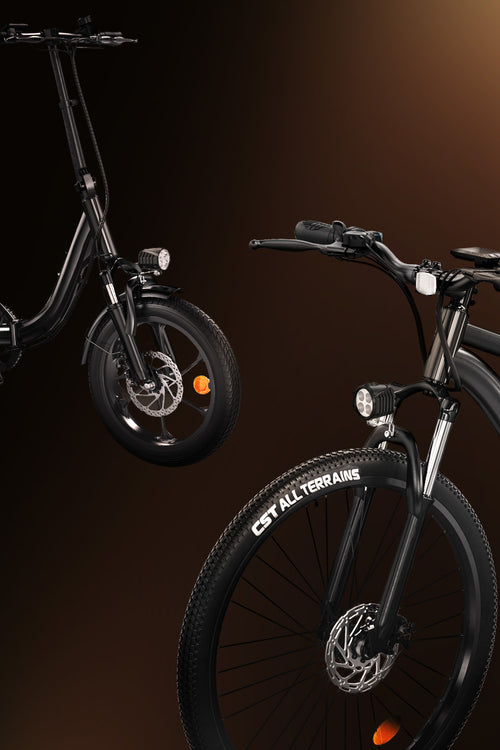








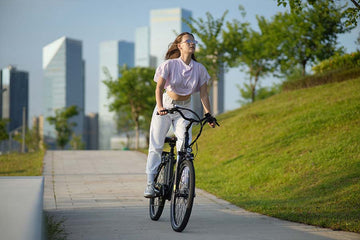
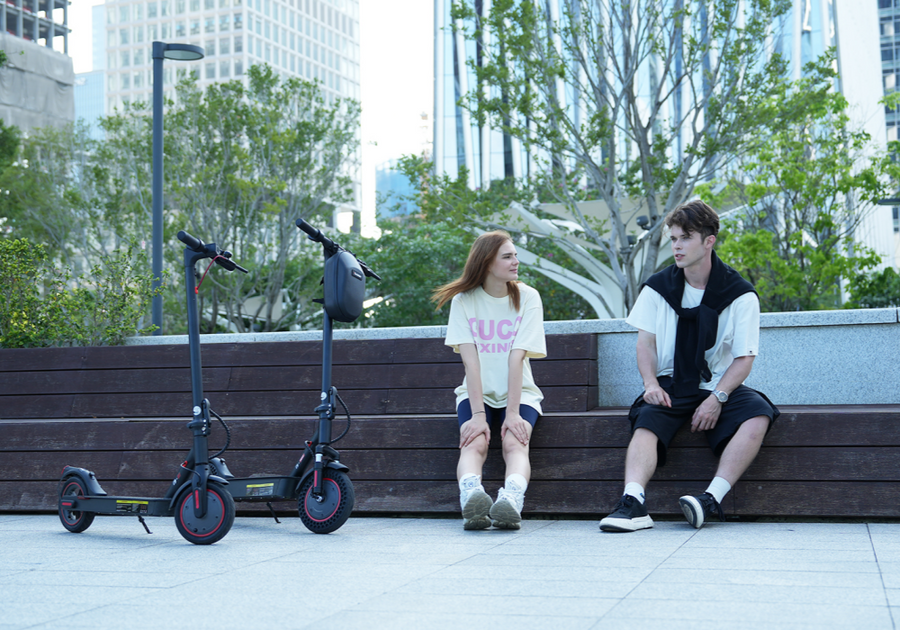



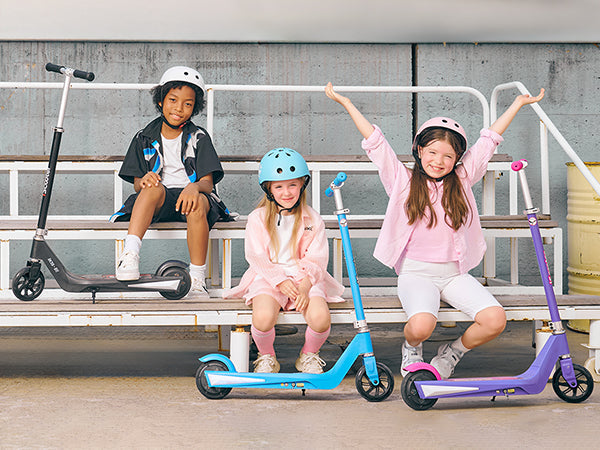
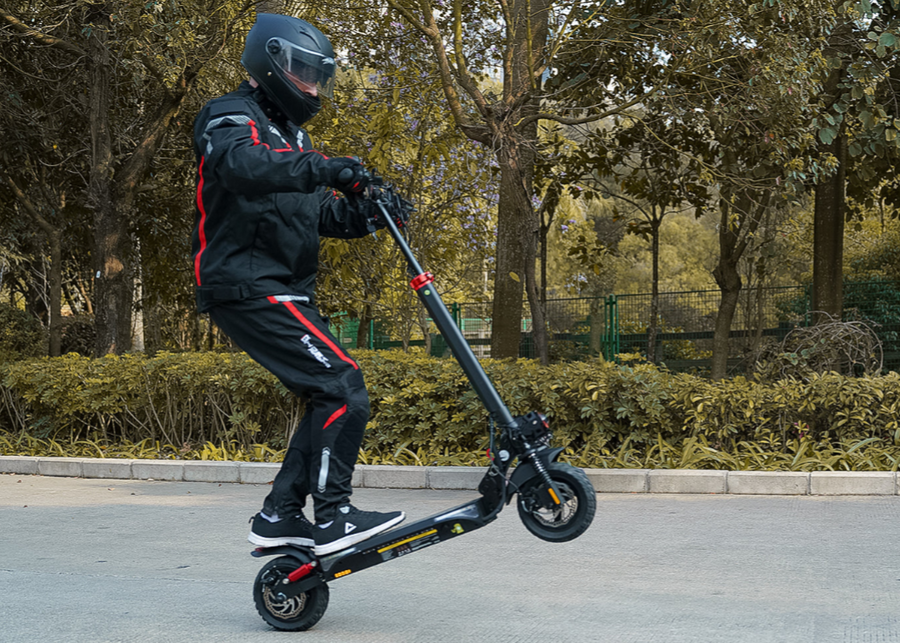
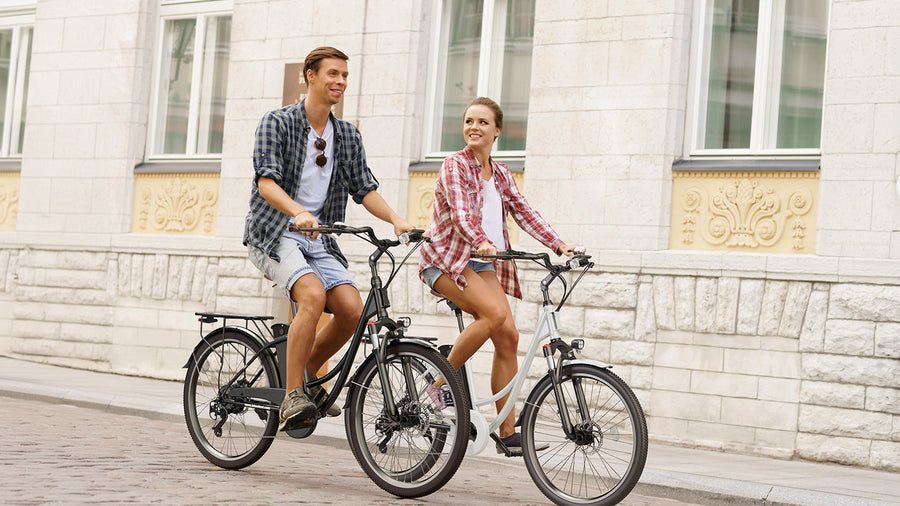
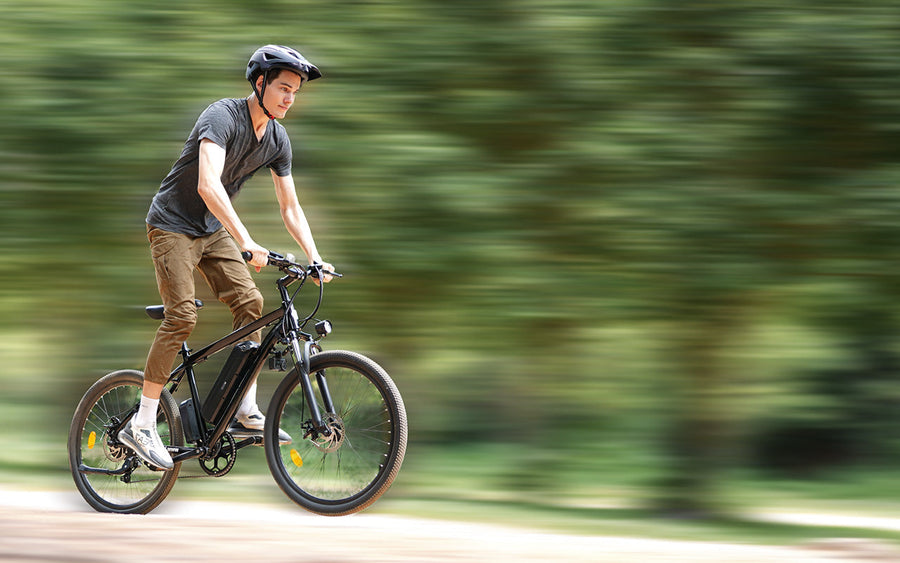

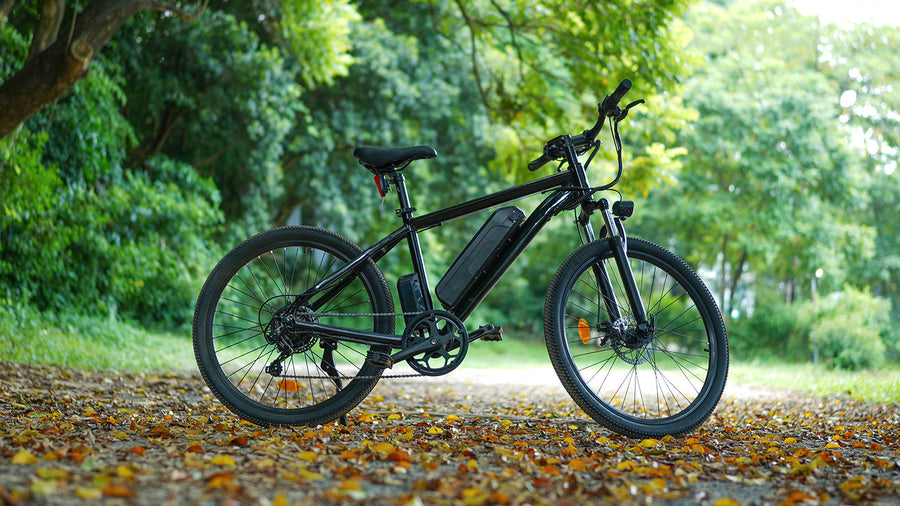
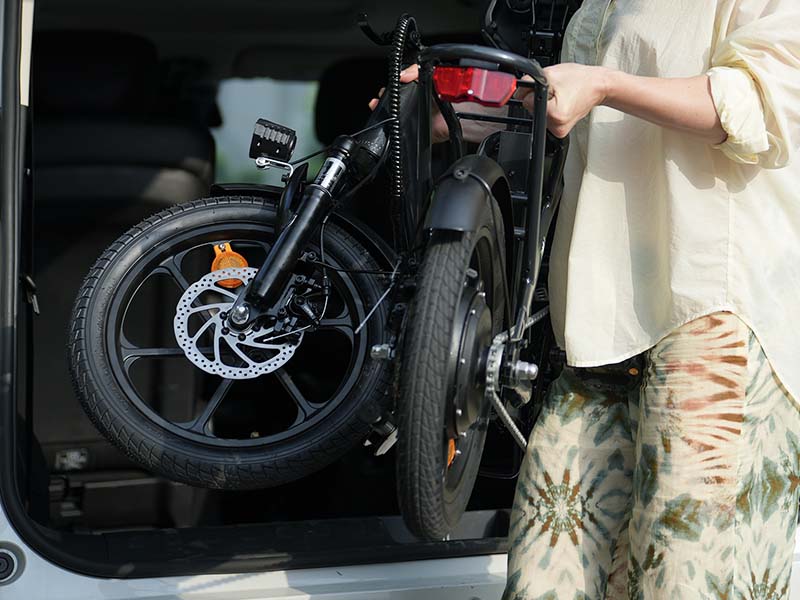
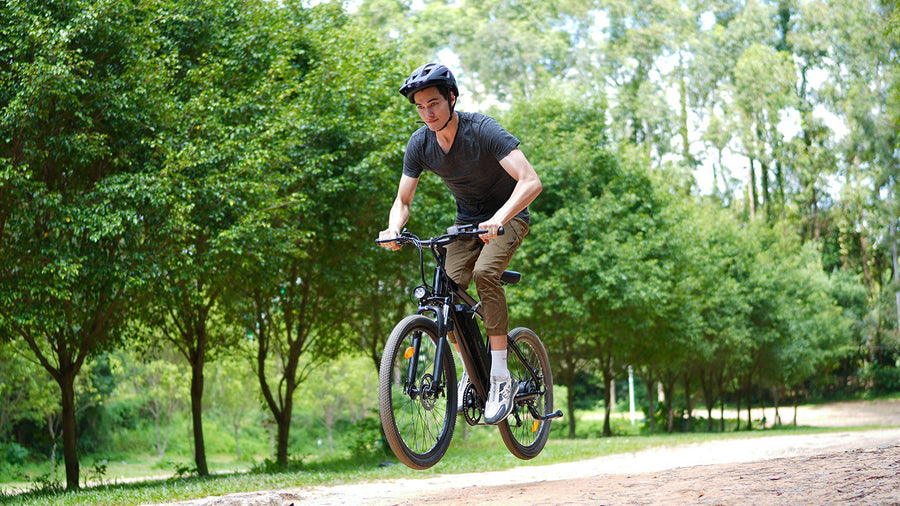









Article tags :
Leave us a message